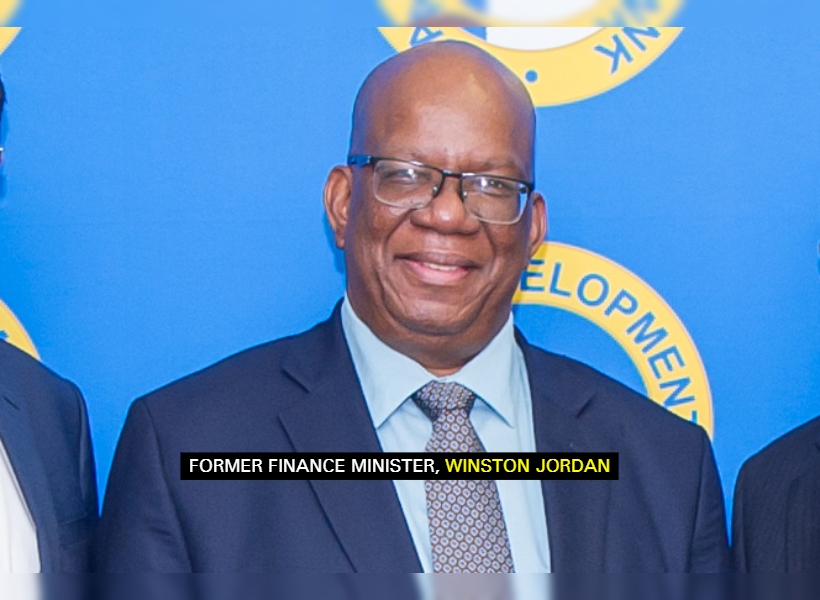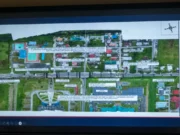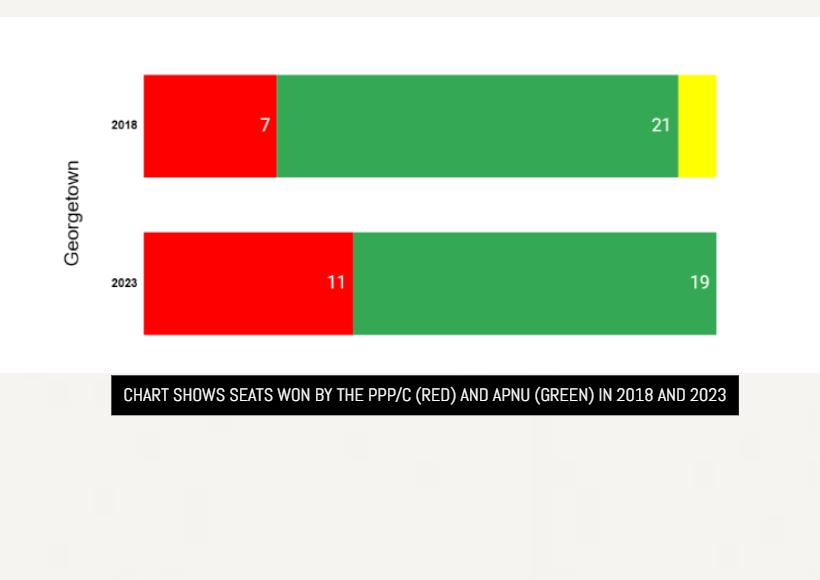It is no secret that Local Government Elections (LGE) are looked upon as an indicator of how the populace is likely to vote in the following General and Regional Elections. Well, if the results of the 2023 LGE paint an accurate picture of what will happen in 2025, then the People’s Progressive Party Civic (PPP/C) is due to expand its majority hold of the Parliament of Guyana very soon.
Just look at what happened in Georgetown. Despite not winning a majority, the PPP/C gained four extra seats on top of the seven it won in 2018. Where did the seats come from? It took away two of the 21 seats held by A Partnership for National Unity (APNU), and picked up the two seats left by Alliance for Change (AFC) when the smaller party opted not to field candidates in 2023.
“Give us a chance,” was Bharrat Jagdeo’s refrain in the lead-up to the Local Government Elections in Georgetown. The PPP/C General Secretary’s pleading did not work, but only for the most part. The party did not win Georgetown. But elections are never that simple. The PPP/C actually expanded its support in Georgetown. While for the proportional representation election, it had 7,050 votes in the City in 2018, this expanded 78% to 12,553 votes in 2023. In contrast, APNU’s 18,127 votes in 2018 expanded 15% to 20,845. The PPP/C therefore increased its votes by a higher share of its 2018 total, and increased its supporters twice as much as APNU did.
This performance by the PPP/C is not an anomaly for the country in this election. The PPP/C has expanded its share of the vote nationally, resulting in an expanded number of seats for its candidates. The only difference is that in many of the municipalities, the APNU’s votes and share of the vote have shrunk. In the municipalities, the PPP/C has increased its footing in New Amsterdam, Bartica, Mahdia and Linden – often thought of as strongholds of APNU. Even when it did not manage to cinch the majority, the APNU’s grip on these areas has loosened.
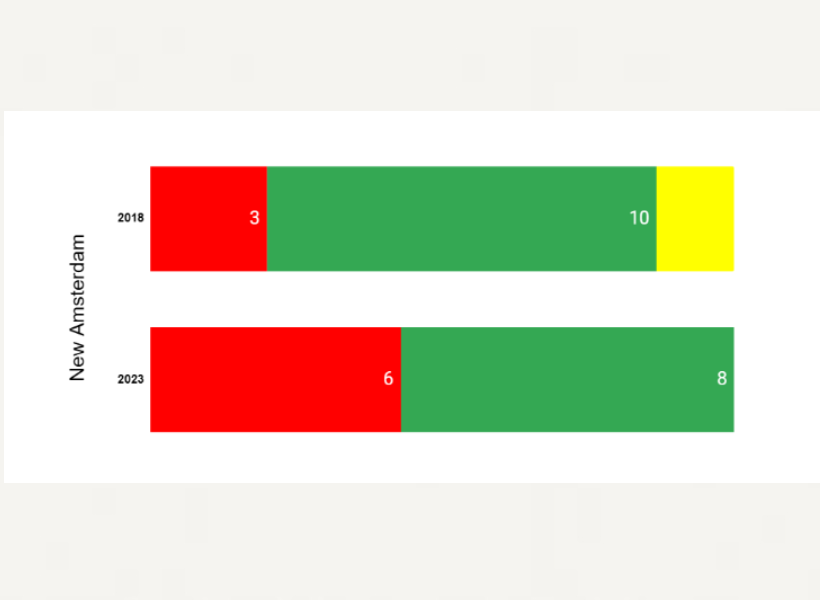
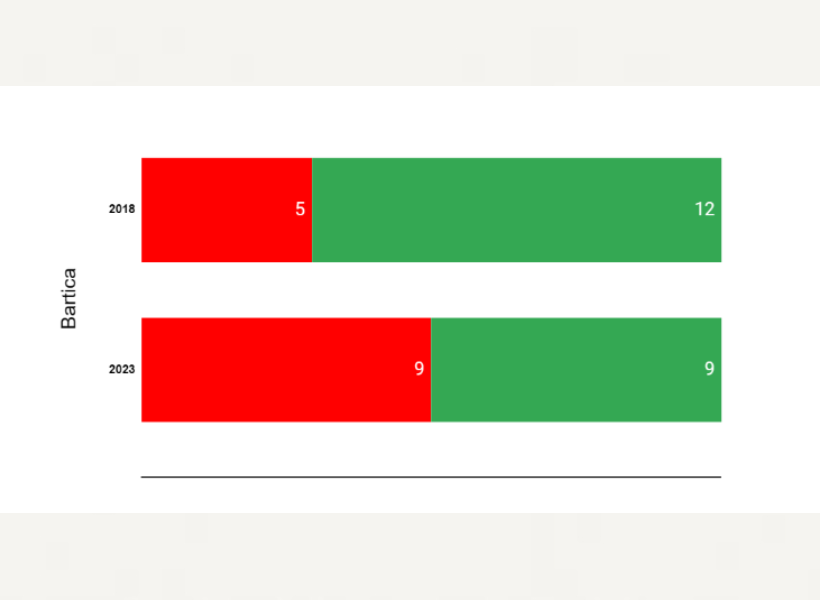
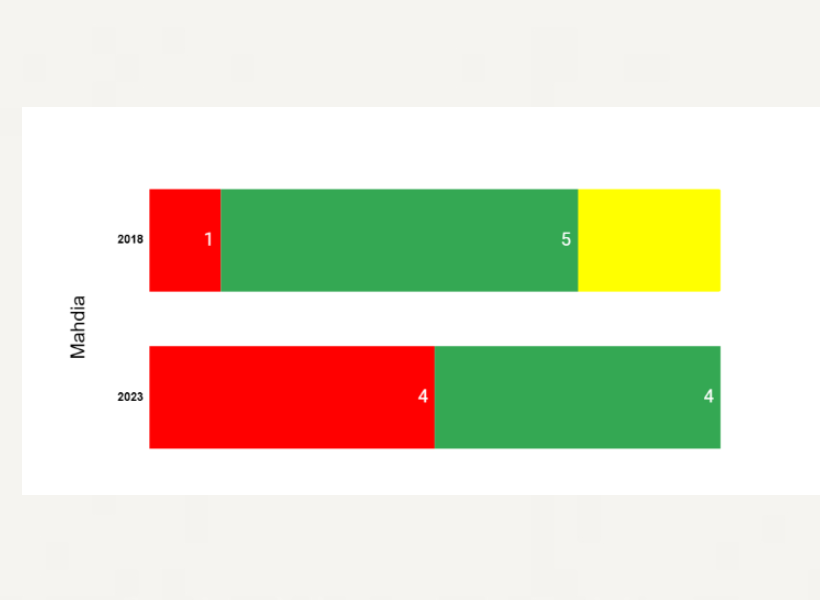
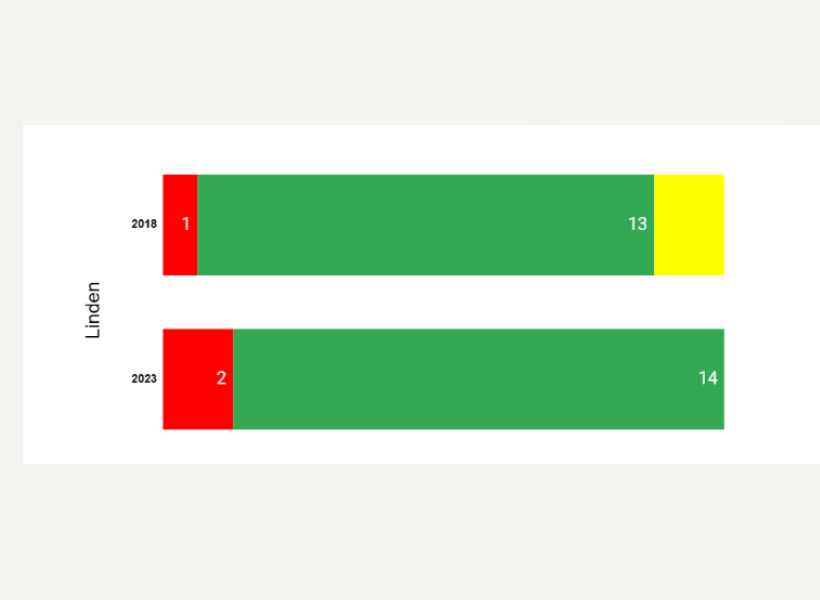
In Linden, the outcome is similar to Georgetown. However, in this case, instead of the PPP/C picking up both seats dropped by the AFC, the two major parties each gained a seat.
When it comes to the municipalities, it is clear that the only areas in which the PPP/C did not significantly increase its share of the votes and seating, are the areas that were already its strongholds. The tables below demonstrate this point, as it compares municipalities’ seat distributions in 2018 and 2023.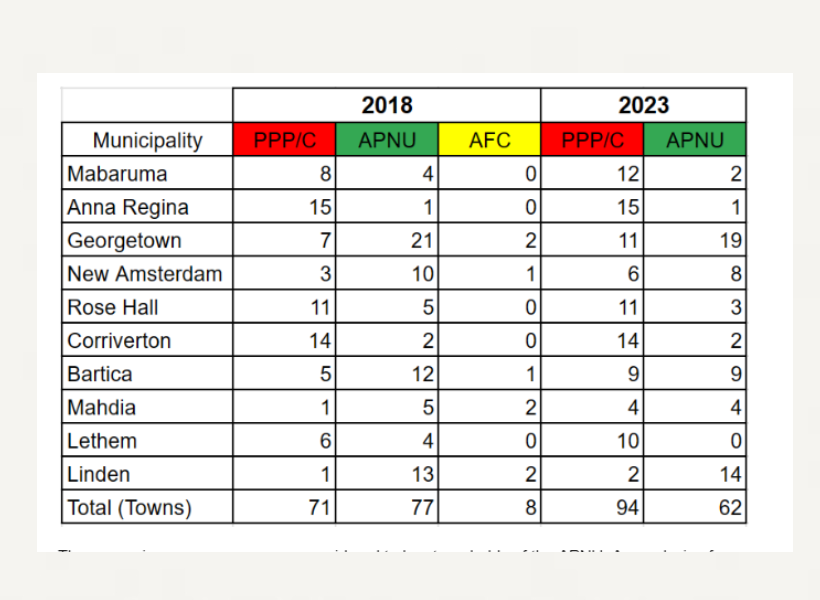
The expansion even spans areas considered to be strongholds of the APNU. An analysis of results across the regions shows that in more than 90% of the Local Authority Areas (LAA), the PPP/C has made in-roads. This does not mean that the PPP/C has won all of these areas, but that even in areas it did not secure a majority, it has managed to loosen the grip of APNU on the area by just a little – and a lot, in some cases.
In one municipality or LAA, the gains may seem minimal. But when they all add up, the national gains are significant for the PPP/C. The patterns, of increased votes for the PPP/C and decreased votes for the APNU, are so evenly spread across the country, a strong case can be made that the electorate spoke with a clear resounding voice about how its political preference has shifted.
One consideration to note is that the Guyana Elections Commission (GECOM) announced early on that there would be no contest in 13 LAAs with a combined total of 98 constituencies, and in another 193 constituencies spread across other LAAs. This means that APNU lost out on the opportunity to vie for seats in 291 out of the 610 constituencies (48%) before the election even began. Though the PPP/C has won all the seats in those constituencies, there can be no assuming how those areas will vote in the 2025 election, until they actually do. However, not being able to field candidates in a constituency can also be considered indicative of a party’s strength there, or lack thereof.

